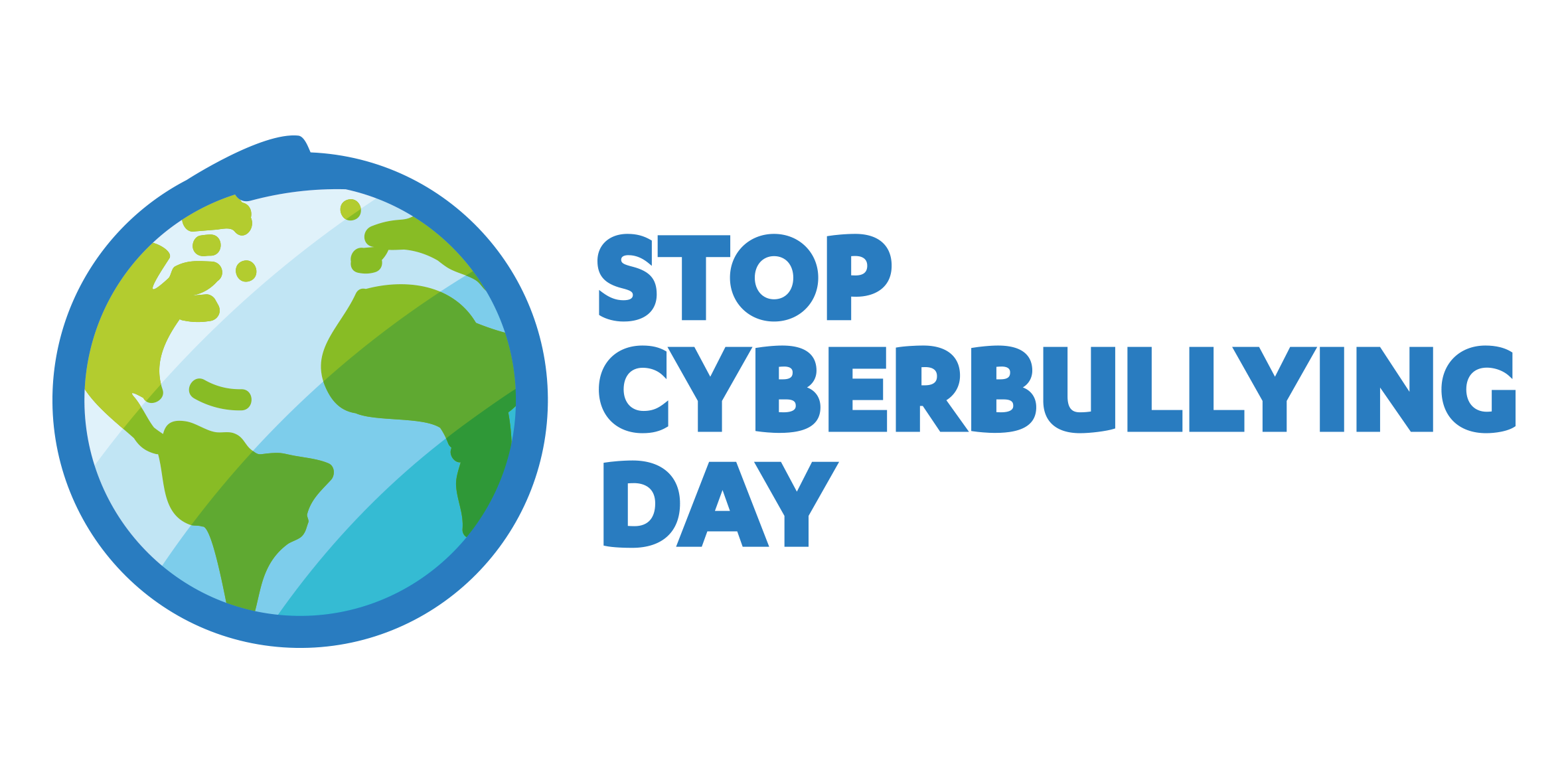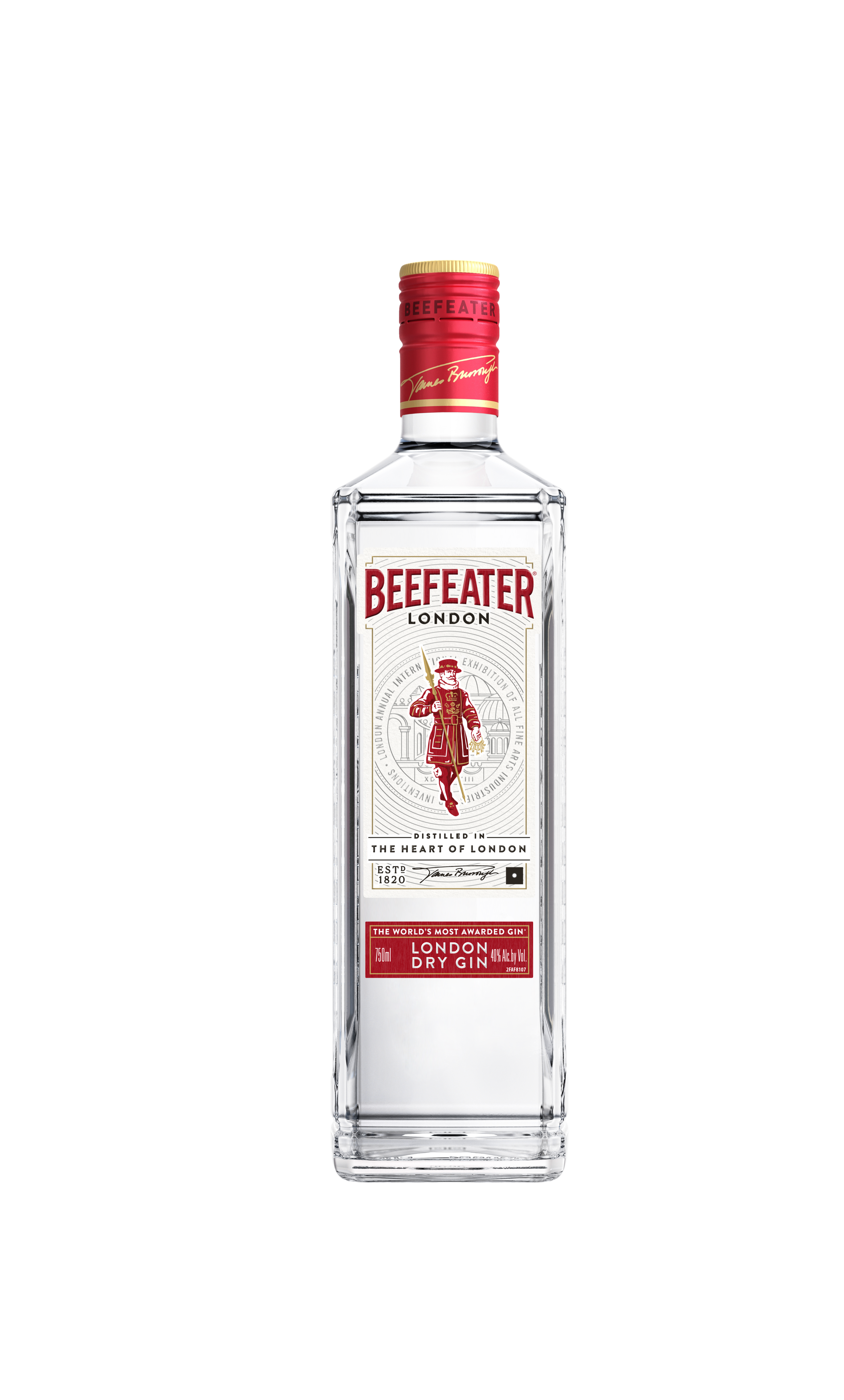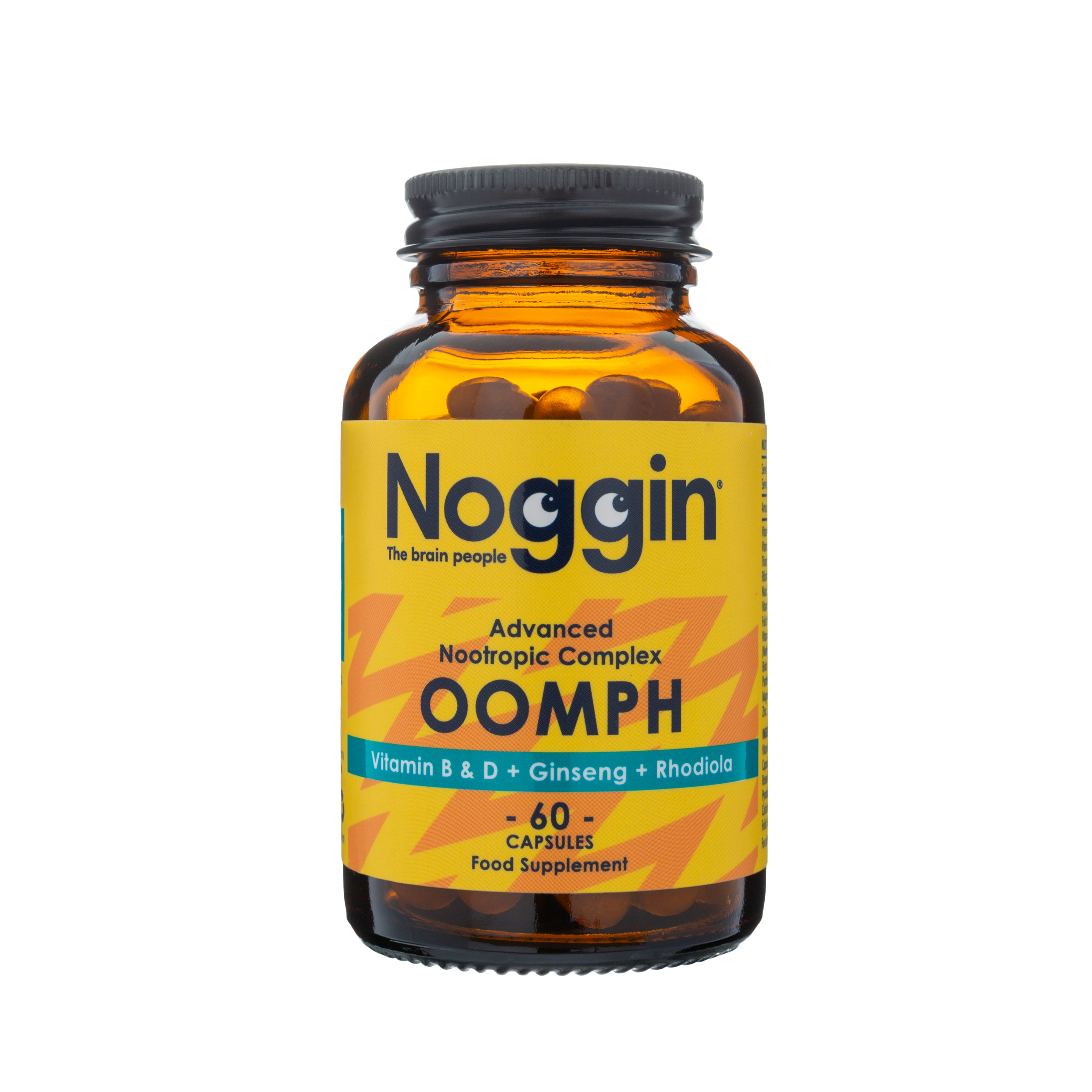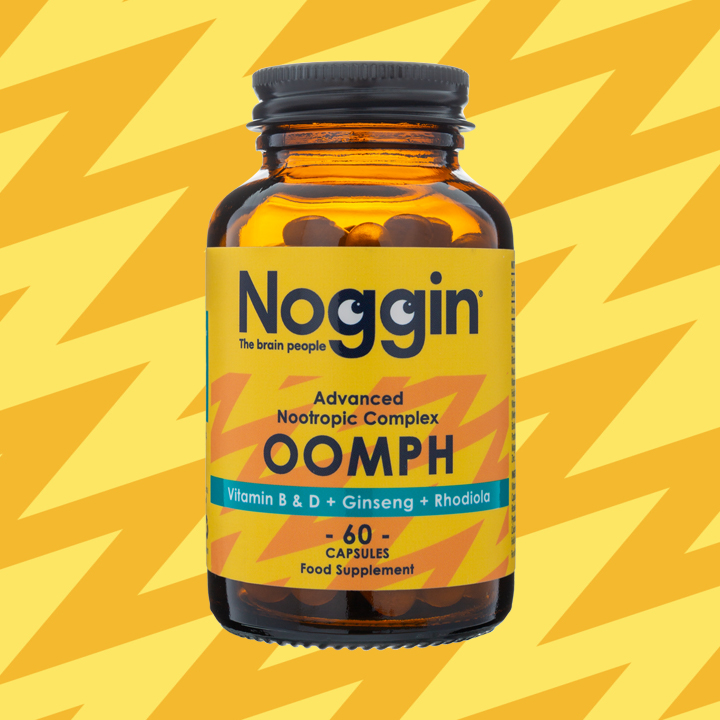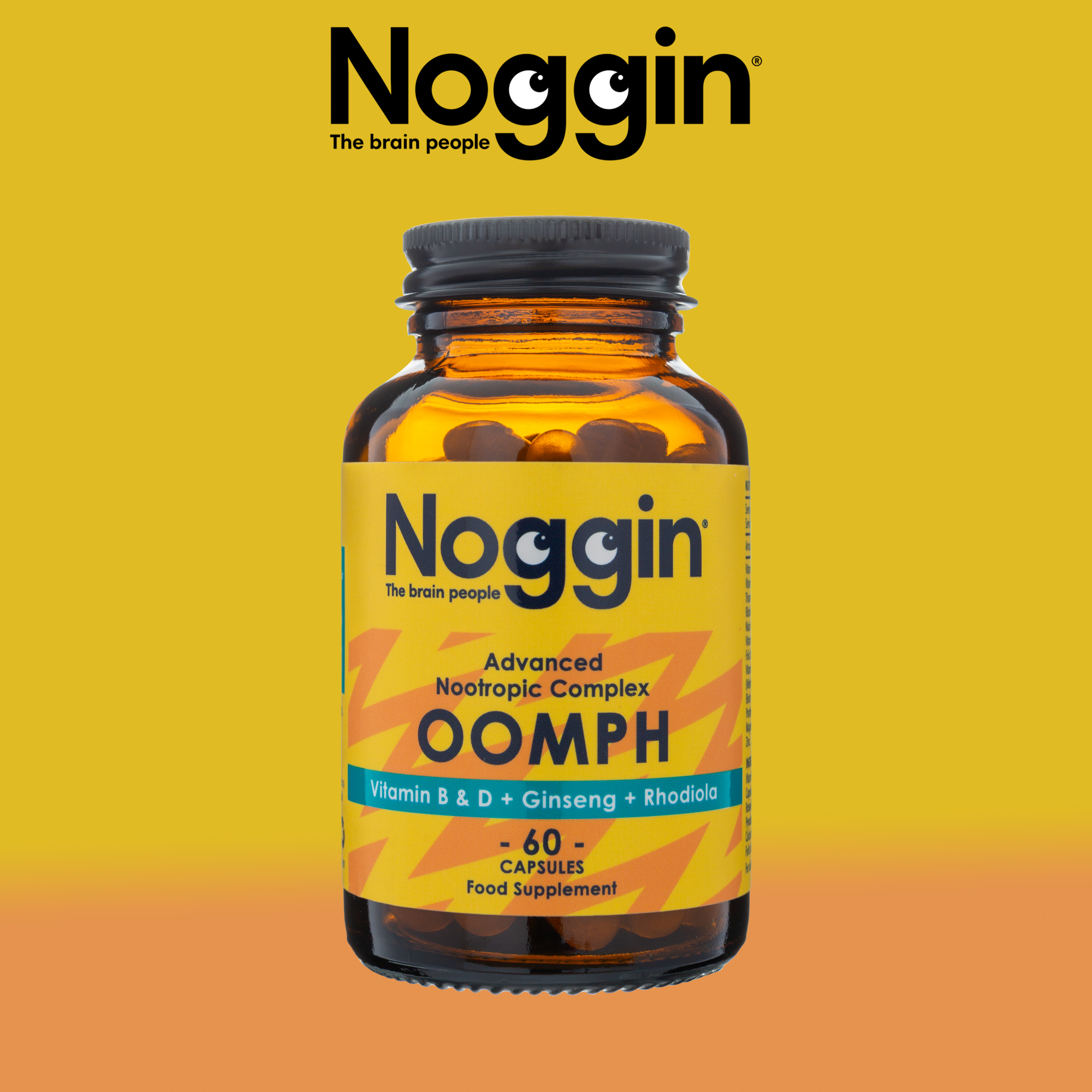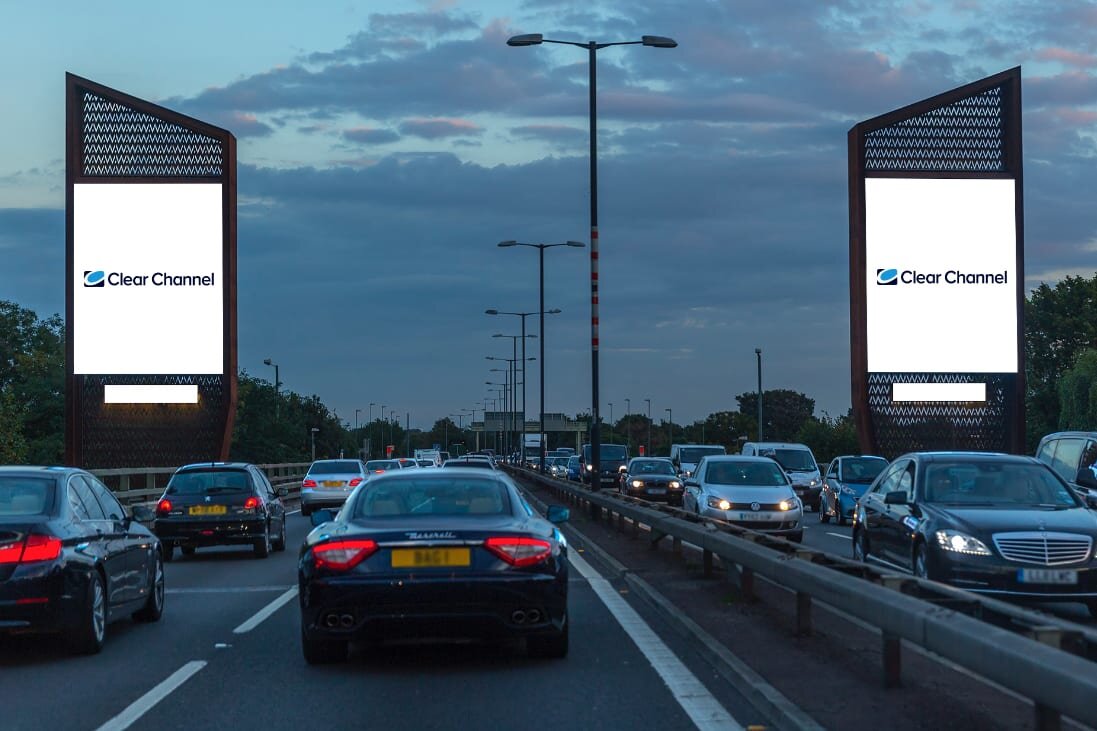Context
Juvenile Idiopathic Arthritis (or childhood arthritis)
Around 1 in 1000 children and young people have juvenile idiopathic arthritis (also known as JIA, or ‘juvenile arthritis’). JIA is an autoimmune disorder where the body’s natural defences (designed to stop infections) start to attack the joints. This causes inflammation of the joints, leading to pain, discomfort and reduced mobility. Without effective treatment, it can lead to permanent joint damage and disability.
JIA does not only affect the joints. In around 1 in 5 children with JIA, the eyes can also be affected – a condition known as uveitis. If not treated effectively and promptly, uveitis can lead to permanent sight loss. Regular eye checks are essential for children with JIA.
Some children have to wait over 5 years for a diagnosis of JIA. The primary reason for this is low awareness.
There is no one ‘test’ to diagnose for JIA, which is why a referral to a paediatric rheumatologist is important for a prompt diagnosis.
One of the challenges we face is that there is a common misconception that arthritis only affects older people. Yet, you can get arthritis at any age. Babies, children and young people can all develop arthritis. JIA is not the same as osteoarthritis that is more commonly associated with older people.
Children with arthritis won’t just grow out of it. A diagnosis of JIA stays with a child for life (although some may go into remission, and with prompt and effective treatment the risk of long-term joint damage can be reduced for many).
A diagnosis of JIA can have a huge impact on the whole family. Appointments, scans and assessments can lead to children missing large chunks of time off school and parents having to take time off work. Siblings can feel the strain too of seeing their brother or sister in pain and parents/carers having less time to spend with the siblings.
Whilst medications are really important in treating JIA, they can bring their own burdens. The medication is often injected or administered as a drip. There may be side-effects of sickness and nausea and children with JIA often need regular blood tests to monitor their condition and to ensure the medications aren’t causing harm to other parts of their body.
Children can become fed-up and tired of regularly needing to do physiotherapy exercises. Daily physio is often required and is an important part of treatment.
JIA is sometimes considered to be an “invisible illness” due to the variability of the condition. Some days, a child may appear to be fine and be able to take part in sports and activities and the very next day they may be unable to walk and need to use crutches or a wheelchair.
So all in all, there is a lot that goes on behind the scenes in the life of a child with JIA in order for that child to lead as “normal” a life as possible.
Links for more information
Website link: www.jarproject.org
#ThinkJIA website: www.thinkjia.org
Instagram: https://www.instagram.com/_jarproject/
Twitter: https://twitter.com/jarproject
Facebook: https://www.facebook.com/jarproject
Brand colours & Imagery:
Primary: Purple (RGB 102,0,102)
Secondary: Purple (RGB 94, 36, 106)
But feel free to use other colours as you wish. Be as creative as you like! There are a few images below you can also use in your entries but it’s not essential to do so. Stock photography from Unsplash is fine too!!
Brand assets available here:
https://drive.google.com/drive/folders/1rHFxBV89uLN47atGXELiXL_6dCKEbkZJ?usp=sharing




















































































